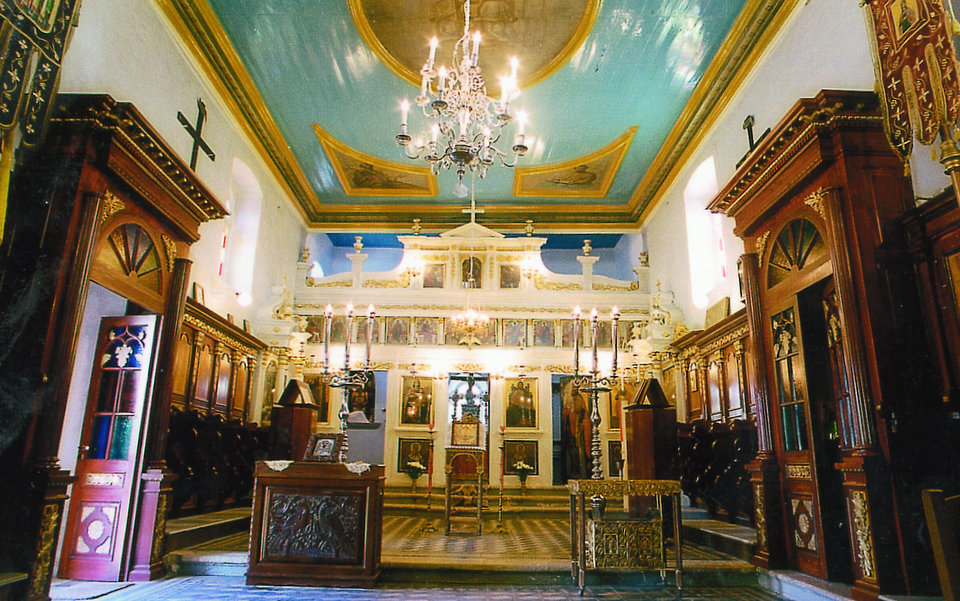

Holy Week throughout Greece is characterised by its church services, by fasting, and by the anticipation of the Resurrection.We recommend that during Holy Week you leave the town and venture out to the villages. Wander in the countryside, that is moving into spring and the season of fertility and renewal, and enjoy its perfumes. After the dullness of winter, with its rains and cold weather, the sunlight underscores the fresh colours of nature. The white, yellow, mauve and green of the wild flowers, the blue of the sky and the sea, form a backdrop to the grey stone walls of the monasteries with their westernized wall-frescoes.Visit villages with Venetian houses, with pristine courtyards full of blooming potted plants. Discover little tabernas which have set their tables out in the sun, to sample the tasty Lenten food and the local wine which is at its best. And as soon as the sun has set, head for the local cafe, where you can try Greek coffee or a sweet liqueur in the company of the locals.If it is Holy Tuesday, you will hear the Hymn of Kassianis, if it is Holy Thursday then the service of the Twelve Gospels is taking place in the monasteries. At Agios Athanasios at Agros, at the Lady of Kokkinada at Lefkimmi, and at whichever monastery is still functioning, you will enjoy direct contact with the essence and soul of Holy Week. If, however, you decide to stay in town, bear in mind that the Church of Agios Ioannis (John the Baptist) in the 'Square of the Saint' celebrates with Byzantine hymns, while the Monastery of Agia Evfimia beside Mon Repos has the finest tradition of services, together with the Platytera Monastery at Mandouki, Agii Theodori in Garitsa, and of course the Cathedral. The most singular feature of Easter in Corfu is the moving choral church music which overflows from the places of worship and spills into the alleyways of the town, on to the rooftops of the villages, out into the courtyards of the monasteries. This harmonious chanting, basically a form of four-voice choir, came from Crete during the 17th century, and is known as 'Cretan music'.